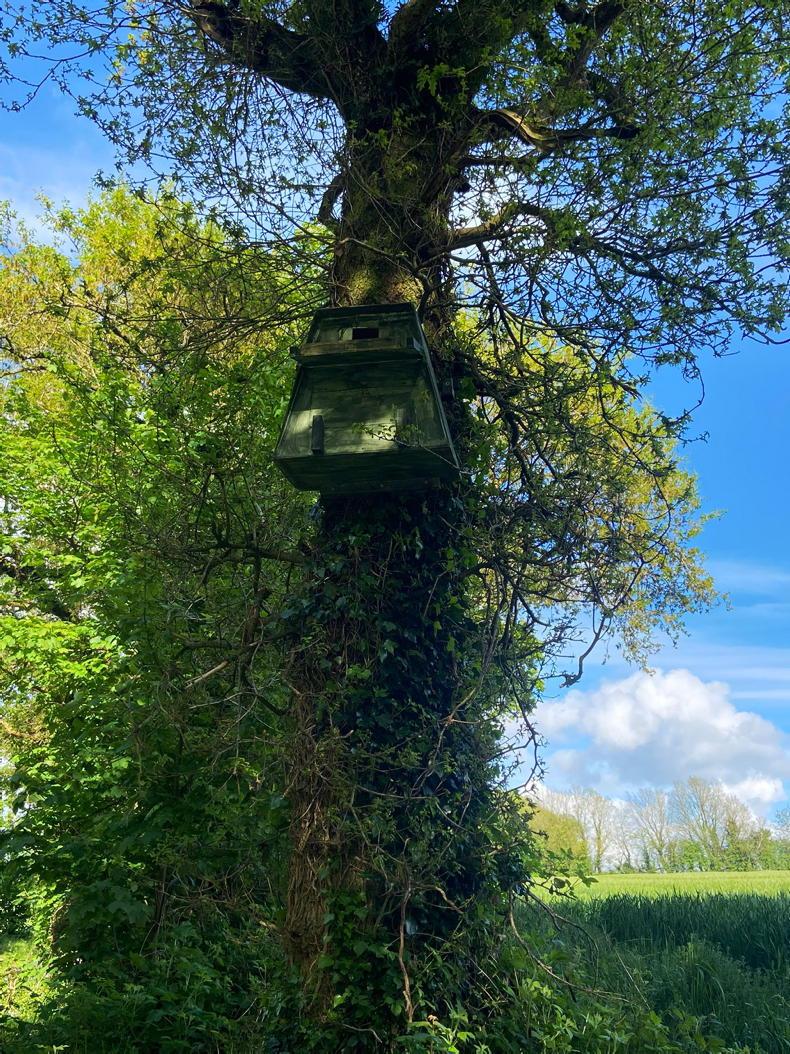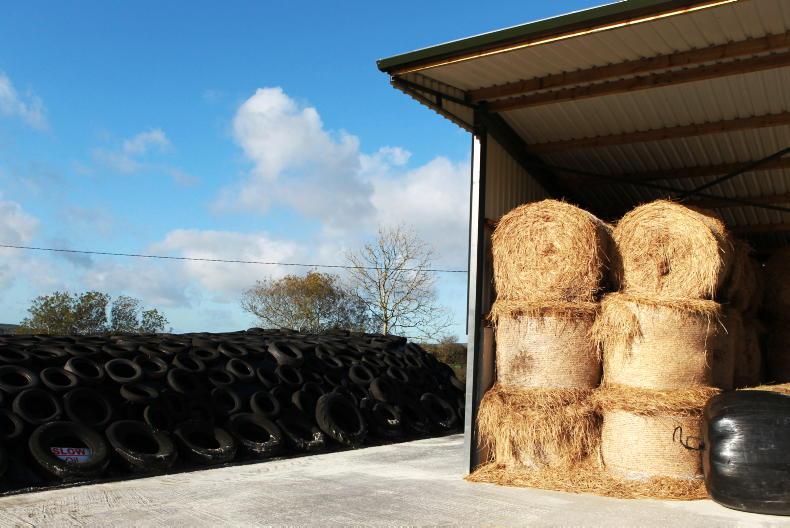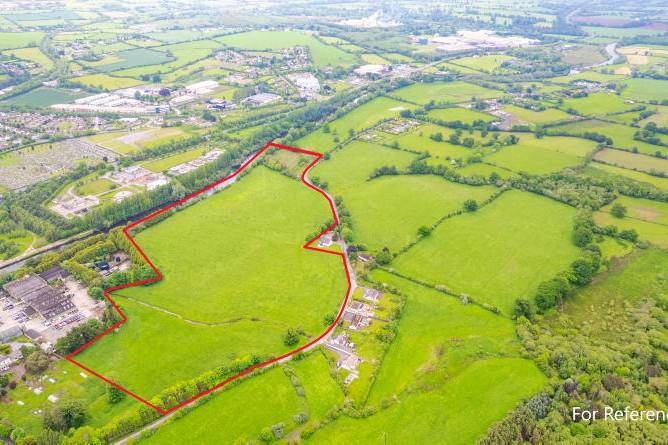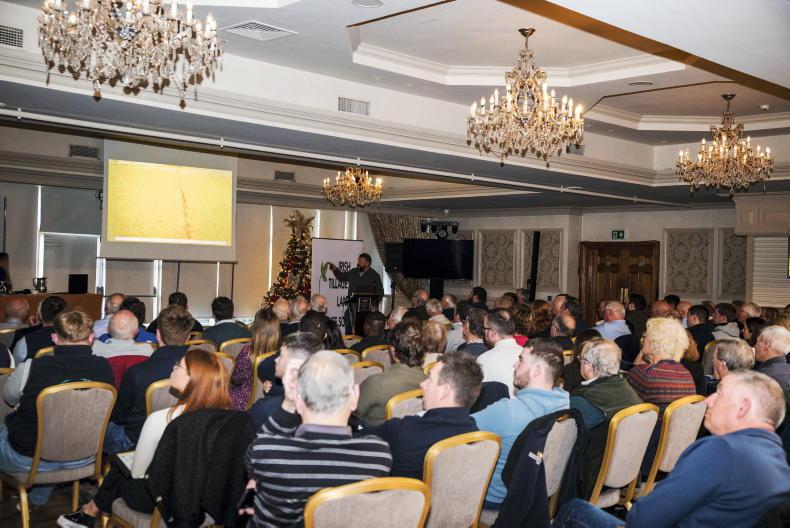Footprint Farmer Pádraig Connery has put up two owl boxes on his tillage and beef farm outside Villierstown, Co Waterford, over the past couple of weeks.
He erected one internal owl box in a hayshed, while an external box was erected in a tree. He also has another two installed on the outfarm.
Local group Waterford for Nature approached Pádraig and asked him if he would be interested in putting up the owl boxes. The group is working in conjunction with a local Men's Shed to make the boxes.
Farmer's friend
The barn owl is one of Ireland’s most recognisable birds and, known as the ‘farmer’s friend’, it has been closely linked with farming practices in Ireland.
It is known as the farmer's friend as it can catch over 20 rodents in a single night during the breeding season. It is often found nested in old stone outbuildings.

An external owl box erected on the farm.
However, it is in decline in Ireland and is now a red-listed bird of conservation concern in Ireland.
Its decline has been driven by many factors, including land use changes, the intensification of farming - which has resulted in a loss of habitat - and the increased use of rodenticides.
The loss of nest sites (such as old stone outbuildings) has also contributed to their decline.
Footprint Farmer Pádraig Connery has put up two owl boxes on his tillage and beef farm outside Villierstown, Co Waterford, over the past couple of weeks.
He erected one internal owl box in a hayshed, while an external box was erected in a tree. He also has another two installed on the outfarm.
Local group Waterford for Nature approached Pádraig and asked him if he would be interested in putting up the owl boxes. The group is working in conjunction with a local Men's Shed to make the boxes.
Farmer's friend
The barn owl is one of Ireland’s most recognisable birds and, known as the ‘farmer’s friend’, it has been closely linked with farming practices in Ireland.
It is known as the farmer's friend as it can catch over 20 rodents in a single night during the breeding season. It is often found nested in old stone outbuildings.

An external owl box erected on the farm.
However, it is in decline in Ireland and is now a red-listed bird of conservation concern in Ireland.
Its decline has been driven by many factors, including land use changes, the intensification of farming - which has resulted in a loss of habitat - and the increased use of rodenticides.
The loss of nest sites (such as old stone outbuildings) has also contributed to their decline.











SHARING OPTIONS